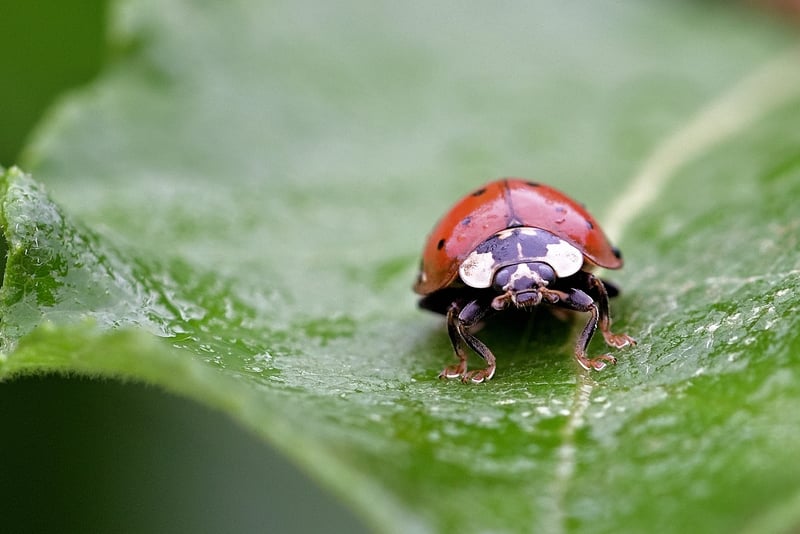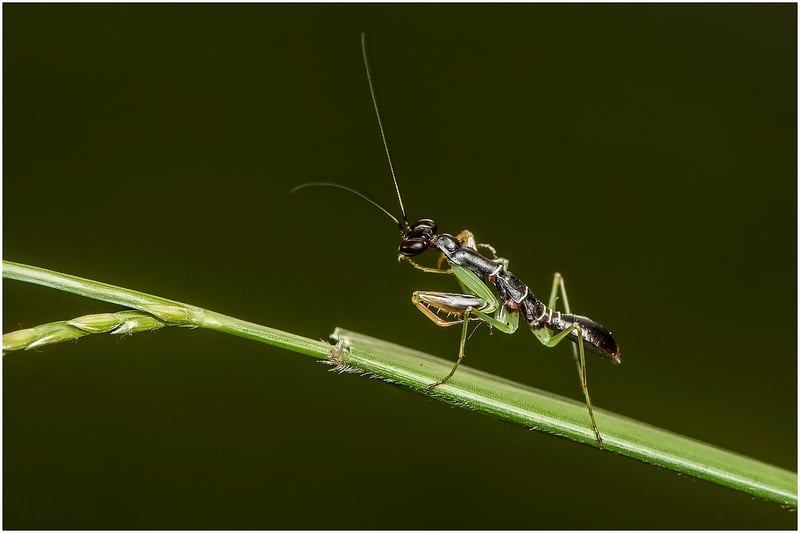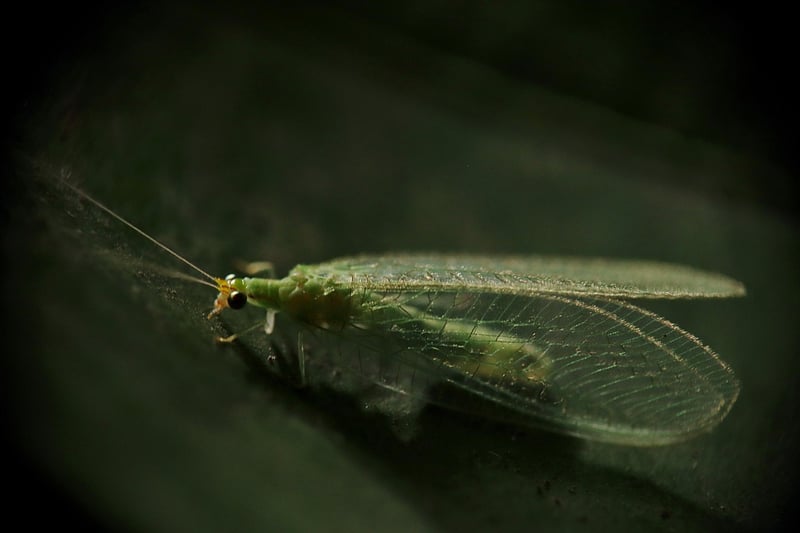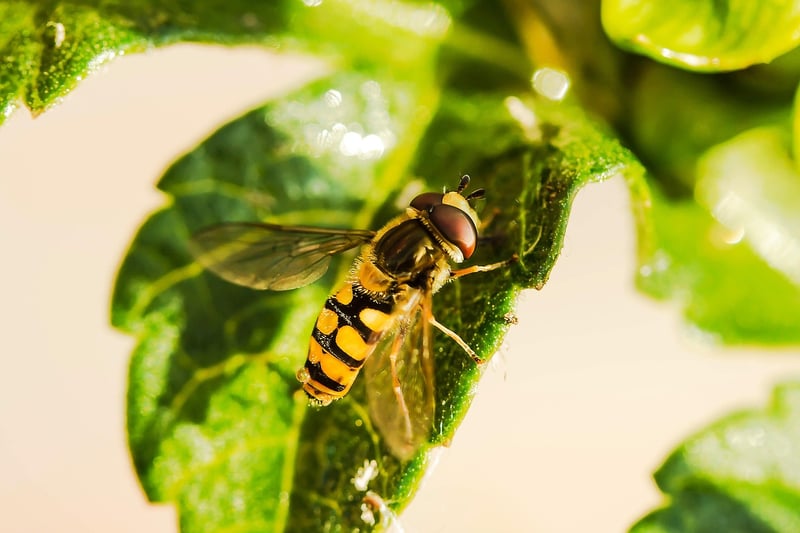Beneficial Insects
Protecting Your Urban Garden with Beneficial Insects
Urban gardening can be a rewarding and therapeutic activity, but it comes with its own set of challenges, such as pests that can damage your plants. One eco-friendly and effective way to protect your urban garden is by utilizing beneficial insects. These tiny helpers can act as natural pest control, reducing the need for harmful chemicals and promoting a healthy garden ecosystem.
Why Beneficial Insects are Essential
Beneficial insects play a crucial role in maintaining the balance of your garden. By preying on common garden pests like aphids, caterpillars, and mites, they help keep pest populations in check without causing harm to your plants. This natural form of pest control is not only effective but also sustainable in the long run.
Common Beneficial Insects for Urban Gardens
Here are some beneficial insects that you can attract to your urban garden:
- Ladybugs: These colorful beetles are voracious predators of aphids and other soft-bodied insects.
- Praying Mantis: Known for their predatory skills, praying mantises feed on a variety of garden pests.
- Lacewings: With delicate, lacy wings, lacewings consume aphids, mealybugs, and other small insects.
- Hoverflies: These flies resemble bees but do not sting; their larvae feed on aphids, helping to control their population.
How to Attract Beneficial Insects
Creating a welcoming environment for beneficial insects is key to ensuring they establish a presence in your garden. Here are some tips to attract them:
- Plant a diverse range of flowers that provide nectar and pollen for adult insects.
- Include plants that host the larvae of beneficial insects, such as dill for swallowtail butterflies.
- Avoid using broad-spectrum insecticides that can harm beneficial insects along with pests.
- Provide shelter for insects by incorporating features like rocks, logs, or insect hotels in your garden.
Conclusion
By harnessing the power of beneficial insects, you can protect your urban garden in an environmentally friendly way. These natural allies not only help control pests but also contribute to a thriving and balanced garden ecosystem. So, next time you spot a ladybug or a praying mantis in your garden, remember that they are your partners in creating a healthy and vibrant urban oasis.




Remember, a garden teeming with beneficial insects is a healthy and thriving garden!
